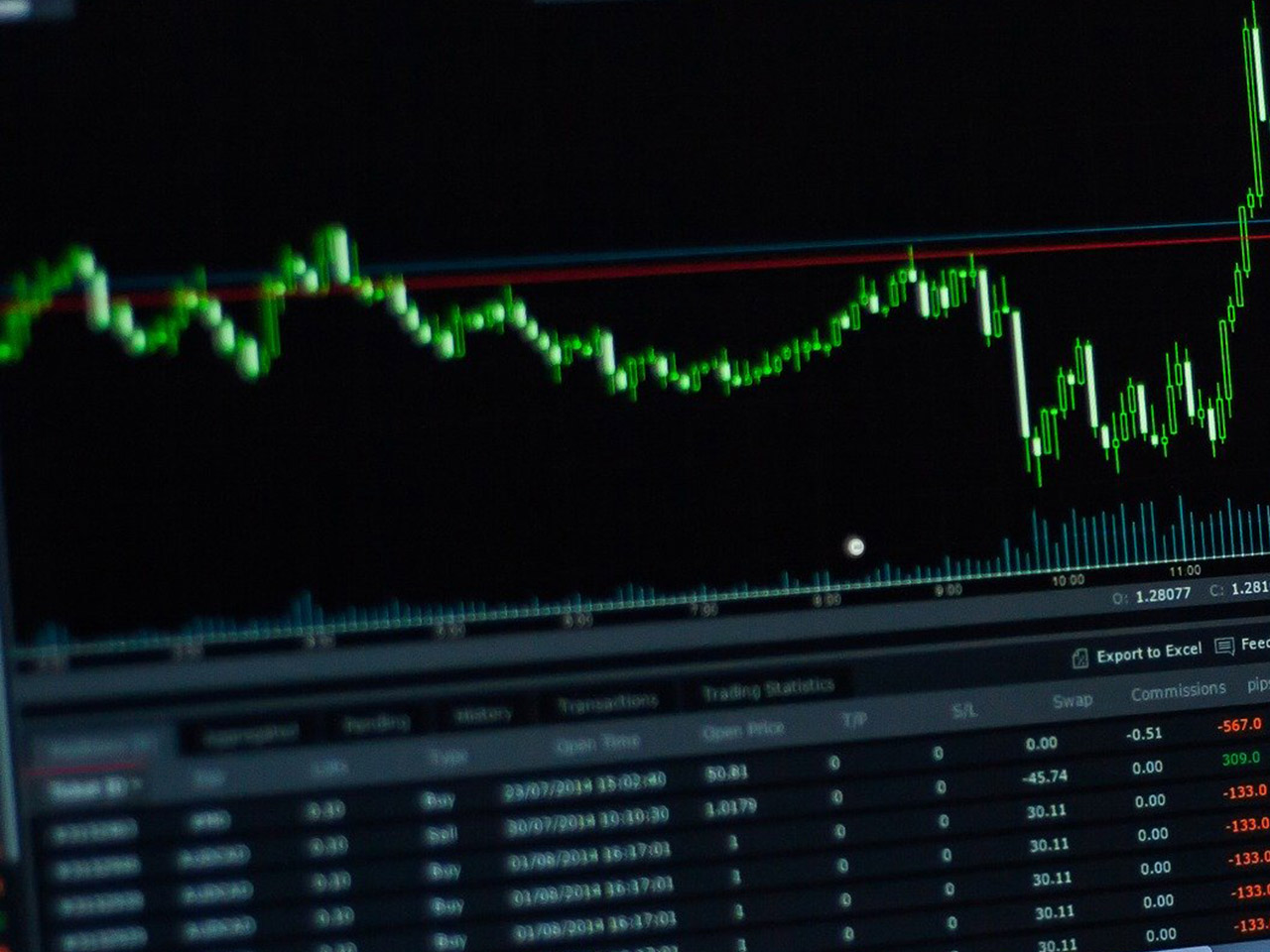BP p.l.c., a stalwart in the energy sector, continues to command significant attention from investors as it navigates an evolving landscape of energy production, sustainability, and financial performance. Headquartered in London, BP operates across diverse segments including Gas & Low Carbon Energy, Oil Production & Operations, and Customers & Products. With a market capitalisation of $56.38 billion, this integrated energy company is a major player in the industry, offering a blend of traditional oil and gas operations alongside burgeoning renewable energy initiatives.
Currently trading at 361.45 GBp, BP’s stock has experienced a modest price change of 0.01% recently. This stability in price is set against a backdrop of a 52-week range fluctuating between 331.70 and 490.30 GBp. While the stock’s price might suggest steadiness, a closer look at the valuation metrics reveals a complex narrative. Notably, the Forward P/E ratio stands at an exceptionally high 701.68, highlighting investor expectations for future earnings growth despite current earnings challenges.
One of the most striking features of BP’s financial performance is its revenue growth, which has contracted by 4.10%. This decline is a reflection of the broader challenges facing the oil and gas industry, including fluctuating demand and price volatility. Additionally, the company’s EPS is reported at -0.05, and the Return on Equity is a marginal -0.24%, indicating underperformance in generating profits from shareholders’ equity.
However, BP’s free cash flow is a significant positive marker, amounting to an impressive £11.54 billion. This robust cash flow is a crucial indicator of BP’s ability to fund its operations, invest in growth opportunities, and maintain its dividend payments. Speaking of dividends, BP offers a generous yield of 6.79%, though the payout ratio is an eye-watering 1,316.37%, suggesting that the sustainability of such dividends might be questionable without a substantial improvement in earnings.
Investor sentiment, as reflected in analyst ratings, presents a mixed picture. With 5 buy ratings, 13 hold ratings, and 1 sell rating, BP faces a spectrum of expectations. The average target price of 427.13 GBp indicates a potential upside of 18.17%, which may entice investors looking for growth potential amid current financial headwinds.
Technical indicators provide further insights into BP’s stock dynamics. The 50-day and 200-day moving averages are at 370.64 and 400.31, respectively, positioning the current price below both averages. This configuration often signals a bearish trend. Meanwhile, an RSI of 56.35 suggests that the stock is neither overbought nor oversold, offering some stability in terms of buying pressure.
BP’s strategic direction, particularly its ventures into renewable energy, positions it as a pivotal player in the transition toward sustainable energy solutions. Its involvement in solar, wind, and hydrogen projects underscores a commitment to diversifying its energy portfolio. Yet, the company must balance these ambitions with the realities of its current financial metrics and market challenges.
For individual investors, BP presents a complex mix of potential and risk. The company’s substantial free cash flow and high dividend yield are attractive, but the high payout ratio and negative earnings figures call for cautious optimism. As BP continues to navigate the transition within the energy sector, investors will need to weigh these factors carefully, considering both the short-term financial challenges and the long-term opportunities in its renewable energy strategy.





































